Table of Contents
- Introduction: Why IT Modernization Is No Longer Optional
- Understanding IT Modernization
- Components of an Effective IT Modernization Strategy
- A Step-by-Step Roadmap to IT Modernization
- Common Pitfalls to Avoid
- Measuring the ROI of IT Modernization
- Real-World Success Factors
- Conclusion: IT Modernization as a Competitive Differentiator
Introduction: Why IT Modernization Is No Longer Optional
In a world defined by digital disruption, legacy IT systems are no longer just a hindrance they’re a risk. Enterprises that continue to rely on outdated technologies not only miss growth opportunities but also expose themselves to security vulnerabilities, inefficiencies, and a lack of agility. IT modernization has moved from being a strategic option to an operational imperative. But modernization is no longer just about migrating to the cloud. It involves rethinking infrastructure, workflows, data architecture, and even organizational culture.
This comprehensive guide explores how businesses can approach IT modernization not just as a technical upgrade, but as a strategic transformation with measurable outcomes.
Understanding IT Modernization
What Is IT Modernization?
At its core, IT modernization refers to the process of updating an organization’s technology infrastructure, software, and operations to align with current digital capabilities. This may include:
- Moving from on-premises to cloud or hybrid environments
- Adopting containerization and microservices
- Upgrading legacy applications to modern frameworks
- Enhancing security protocols and data governance
- Integrating AI and automation into workflows
Key Drivers of Modernization
Organizations are modernizing for a variety of reasons, often driven by one or more of the following:
- Scalability: Legacy systems were not designed for the scale and complexity of today’s business environments.
- Security: Outdated infrastructure is inherently more vulnerable to cyberattacks.
- Speed: Businesses must innovate faster to keep pace with market demands.
- Cost-efficiency: Maintaining aging systems often incurs higher costs over time.
- User expectations: Employees and customers expect seamless digital experiences.
Components of an Effective IT Modernization Strategy
1. Application Modernization
Legacy applications are often inflexible, hard to scale, and expensive to maintain. Modernizing them can involve:
- Refactoring: Rewriting code to fit a modern architecture
- Replatforming: Moving apps to new platforms without altering code
- Replacing: Retiring old applications in favor of SaaS or cloud-native alternatives
A successful application modernization plan considers performance, compatibility, cost, and strategic value.
2. Cloud Transformation
Cloud computing is often central to IT modernization. Businesses today must decide between:
- Public cloud (e.g., AWS, Azure, Google Cloud): Offers scalability and cost-efficiency
- Private cloud: Provides greater control and security
- Hybrid cloud: Balances flexibility and compliance
Cloud adoption isn’t merely about storage — it’s about resilience, elasticity, and operational agility.
3. Data Modernization
Data is the backbone of digital decision-making. Modernization involves:
- Centralizing data across silos
- Ensuring real-time access and analytics capabilities
- Implementing robust data governance
- Leveraging AI and machine learning for predictive insights
Data modernization allows businesses to move from reactive to proactive strategies.
4. Security Modernization
Traditional perimeter-based security is obsolete. Modern IT security must focus on:
- Zero Trust architecture
- Identity and access management (IAM)
- Continuous threat monitoring
- Automated incident response
Security is no longer just an IT function — it’s a core component of digital trust.
5. Workforce Enablement
Modern tools must support hybrid and remote workforces. IT teams should prioritize:
- Seamless access across devices and locations
- Integration of collaboration tools
- Automation of routine tasks
- Real-time support and performance monitoring
Empowering employees with intuitive, reliable technology can boost productivity and satisfaction.
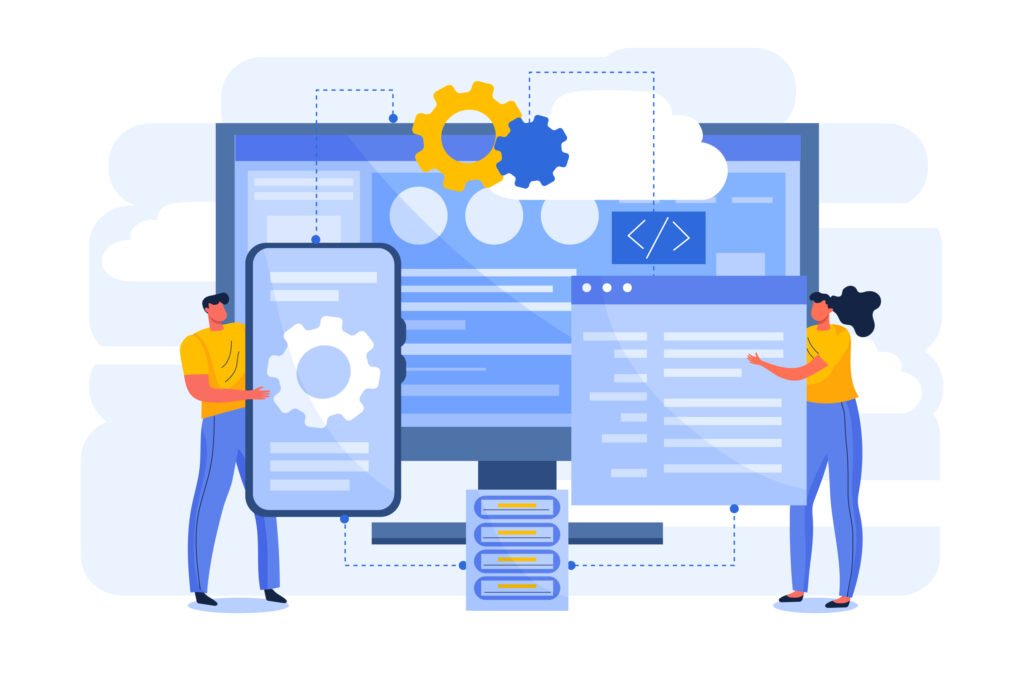
A Step-by-Step Roadmap to IT Modernization
Step 1: Assess the Current State
Start with a detailed audit of your current infrastructure:
- What systems are outdated or redundant?
- Where are the security vulnerabilities?
- How is performance impacting users and customers?
- What’s the total cost of ownership?
This diagnostic phase helps define modernization priorities.
Step 2: Define Business Goals
Modernization should support broader business objectives such as:
- Accelerating time to market
- Improving customer experience
- Enhancing operational efficiency
- Ensuring compliance with regulations
These goals guide technical decisions and stakeholder buy-in.
Step 3: Build a Cross-Functional Team
Modernization efforts should not be siloed in IT. Assemble a team with input from:
- Operations
- Finance
- Marketing
- Product development
- Risk and compliance
Cross-functional collaboration ensures that modernization aligns with end-to-end business value.
Step 4: Choose the Right Technologies
Technology decisions must balance innovation with practicality. Consider:
- Vendor ecosystems and compatibility
- Licensing models and cost structures
- Long-term scalability and support
- Proven use cases in your industry
Avoid the trap of adopting technologies without a clear ROI pathway.
Step 5: Execute in Phases
A phased approach allows you to test, iterate, and minimize risk. Start with:
- Quick wins that build confidence
- Pilot programs for high-risk areas
- Clear performance benchmarks
Modernization isn’t a one-time project but an ongoing evolution.
Common Pitfalls to Avoid
1. Overlooking Culture and Change Management
New tools are only effective if teams adopt them. Resistance to change can stall even the most sophisticated initiatives. Leaders should:
- Communicate the “why” behind modernization
- Offer hands-on training and support
- Encourage feedback and iterative improvement
2. Underestimating Integration Complexity
Modern systems must interoperate seamlessly. Failing to plan for integration can lead to data silos, security gaps, and inefficiencies.
3. Focusing Only on Cost Savings
While reducing costs is important, successful IT modernization also aims to increase revenue, agility, and customer value. ROI must be calculated holistically.
4. Neglecting Compliance and Governance
Digital transformation often creates new compliance obligations. Be proactive in aligning with industry standards like GDPR, HIPAA, or SOC 2.
Measuring the ROI of IT Modernization
To demonstrate success, leaders need to track both tangible and intangible returns:
Tangible Metrics:
- Reduced infrastructure costs
- Improved system uptime
- Faster deployment cycles
- Increased revenue from digital channels
Intangible Metrics:
- Enhanced employee satisfaction
- Stronger customer loyalty
- Greater innovation capability
- Lower cybersecurity risk
Regular audits and stakeholder reporting ensure accountability and alignment.
Real-World Success Factors
1. Leadership Vision
Modernization succeeds when leadership articulates a clear vision, sets realistic expectations, and champions change across all levels of the organization.
2. Vendor Partnerships
Partnering with experienced vendors accelerates implementation and ensures access to industry best practices and technical expertise.
3. Continuous Optimization
Once deployed, systems must be regularly updated and optimized. This includes patch management, performance monitoring, and scalability planning.
Conclusion: IT Modernization as a Competitive Differentiator
IT modernization isn’t just about keeping up — it’s about getting ahead. Enterprises that invest in modern, flexible, and secure technology platforms can outpace competitors, delight customers, and adapt swiftly to change. The future belongs to organizations that treat IT not as a cost center, but as a growth engine.
Winning with IT modernization means aligning every technical decision with strategic outcomes. With the right approach, tools, and mindset, transformation becomes not just possible — but inevitable.



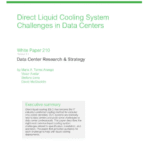
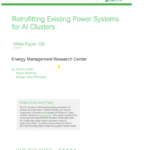

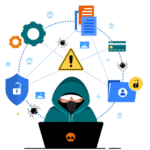
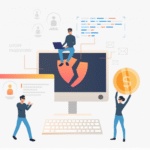
Leave a Reply